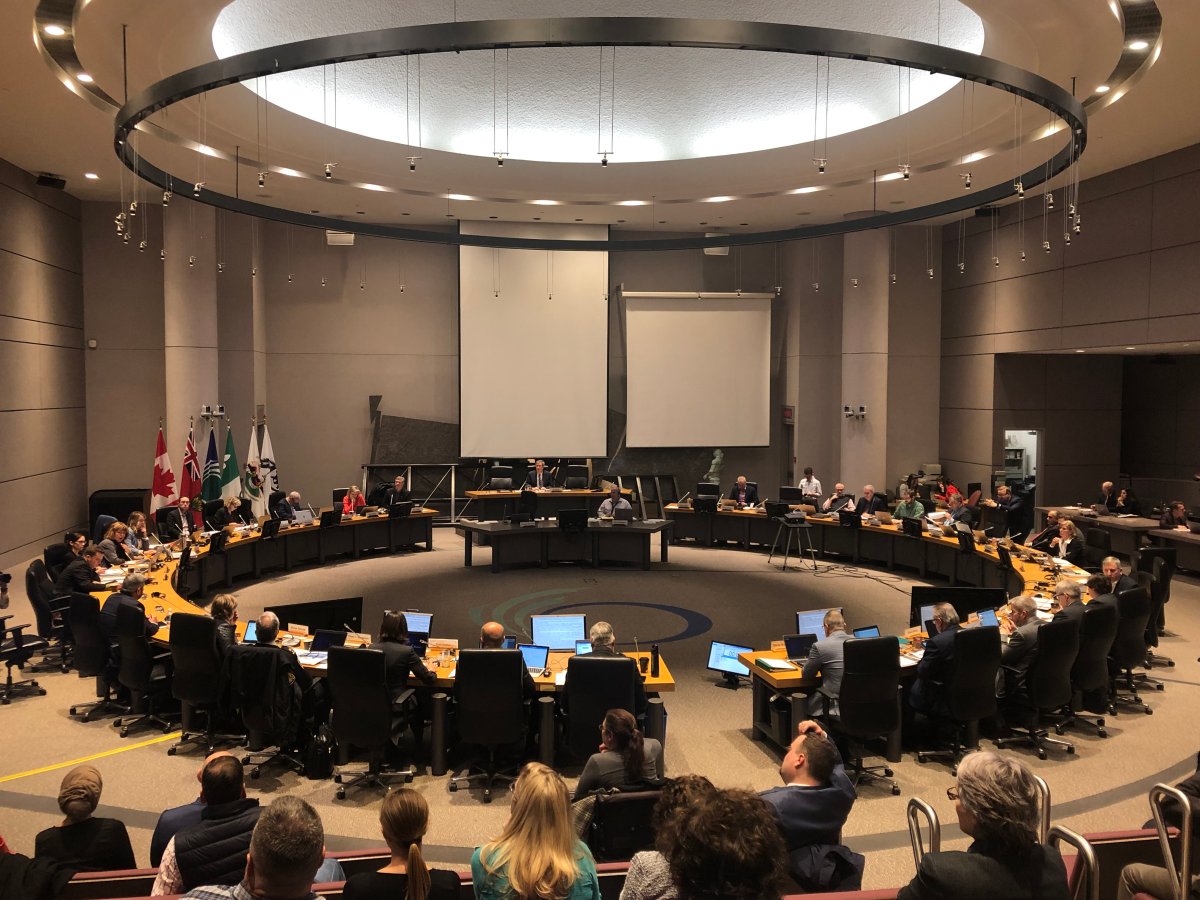As Ottawa’s public health agency faces some uncertainty over what its structure, governance and provincial funding will look like moving forward, the city’s chief medical officer of health says meeting local needs and priorities “on the ground” across Ottawa’s different communities will remain among her top priorities.

The Ontario government announced in its budget earlier this month that it wants to consolidate the province’s 35 public health units into 10 regional agencies by 2021, in hopes of achieving annual savings of $200 million by 2022.
Dr. Vera Etches told city council on Wednesday that Ottawa Public Health still hasn’t been given any specifics about the proposed changes and doesn’t yet know what the impact will be on the agency’s “wide range of programs.” But maintaining “local connections” will be top of mind as the agency identifies its “core services” and service delivery model, she told reporters after the meeting.
“We need to have staff on the ground that get to know their community, that they’re able to work with the partners, the schools, the other community agencies that can promote health (and) prevent disease,” Etches said. “These are the kinds of things we need to look at. How do we maintain those local connections and the local priorities?”
Right now, the cost-sharing formula for public health funding sees the province contribute up to 75 per cent for mandatory programs, while the municipality contributes the remaining 25 per cent. But the province indicated that funding model could be adjusted in 2019-20 — essentially, within the next 11 months.
- ‘Super lice’ are becoming more resistant to chemical shampoos. What to use instead
- Solar eclipse eye damage: More than 160 cases reported in Ontario, Quebec
- 3 women diagnosed with HIV after ‘vampire facials’ at unlicensed U.S. spa
- Canadian man dies during Texas Ironman event. His widow wants answers as to why
Etches said the formula for Ottawa “could be shifting to 70 per cent provincial funding and 30 per cent municipal funding” and estimated the local health agency could be looking at a “pressure” of a few million dollars — again, without yet knowing the details.

Coun. Keith Egli, who chairs the city’s board of health, told reporters the board of health will “certainly” make a request for transition funding. He argued that the funding piece is “absolutely problematic” for a large public health unit like Ottawa’s – which passed its 2019 budget before the provincial budget came out – noting that it provides bilingual services and serves diverse communities, including large Indigenous and refugee populations.
Council also voted unanimously on Wednesday to have Mayor Jim Watson formally ask the province on paper to maintain the current 75-25 funding model and “the health protection, health promotion and prevention mandate of Ottawa Public Health.”
Etches told reporters she and officials at Ottawa Public Health were “surprised” by the province’s announcement but said that “ideas of making stronger, larger health units” had been floating around for some time.
“After SARS, after that review, the previous government had an expert panel on public health that recommended 14 regions so the concept’s been out there that we want to have a strong public health system where the capacity is more even across the province,” Etches said.
Asked what isn’t working with the structure of the system and the health units now, Etches said that same panel found that some smaller regions have difficulty recruiting qualified candidates for vacant medical officer of health positions, as an example.
Egli said it’s critical that public health units know sooner rather than later how the new regional agencies will be structured.
“We need to know the map,” Egli said.
“That’s the thing we need to know first. We need to know how many regions… what region are we in? Are we going to be part of the Kingston region? Are we going to be the hub for eastern Ontario? We need to known those things and then a lot falls from that.”
Etches said next steps would include working “in a collaborative way” with any new partners to amalgamate workforces. Job security has also popped up as a concern amongst public health employees she’s spoken to over the past few weeks, she said.
“We’re sharing information as soon as we have it so that staff can feel that they’re getting as much information as possible to plan their lives,” she said. “As I say, we don’t know what we’ll be able to do with the partners that we end up maybe joining in terms of having a stronger health unit. There are many things at play in the health-care system right now.”
—With files from Jessica Vomiero




Comments